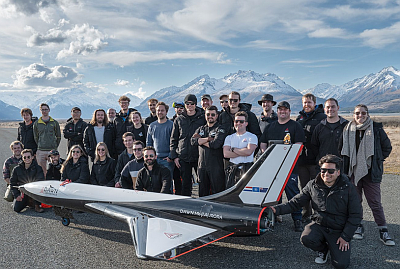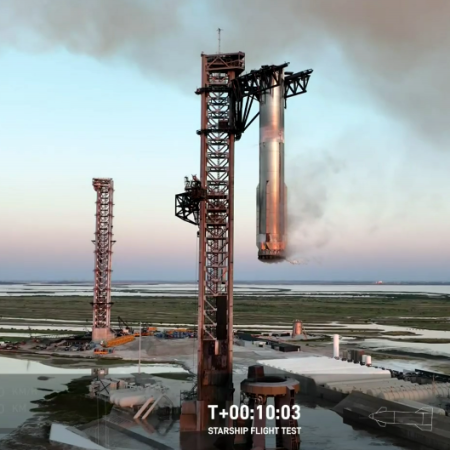Judge rules that Ligado’s $39 billion lawsuit against federal government can proceed
A federal judge has now ruled that the $39 billion lawsuit by the satellite company Ligado against the federal government can move forward.
In October 2023, Ligado sued the government for $39 billion over claims that officials at the Departments of Defense and Commerce took “unlawful actions” to, in effect, improperly seize without compensation the firm’s L-band spectrum. In January, the government had asked a judge to dismiss the suit. Today Judge Edward J. Damich of the US Federal Claims Court ruled in part in favor of Ligado and in part for the government over aspects of the case, but ultimately said the case “may proceed.”
Essentially, after the FCC had awarded this spectrum to Ligado, the feds stepped in to take it away for its own use. The company argued that once it was given that spectrum to use for its satellites it was essentially its property, and that the seizure without due compensation was an illegal taking under the Fifth Amendment to the Constitution. This court decision allows this lawsuit to proceed.
The reason these federal agencies seized the spectrum this that they believe Ligado’s satellite constellation would interfere with GPS, something the FCC disputed in awarding the spectrum. Whether the company will win in court remains unclear.
A federal judge has now ruled that the $39 billion lawsuit by the satellite company Ligado against the federal government can move forward.
In October 2023, Ligado sued the government for $39 billion over claims that officials at the Departments of Defense and Commerce took “unlawful actions” to, in effect, improperly seize without compensation the firm’s L-band spectrum. In January, the government had asked a judge to dismiss the suit. Today Judge Edward J. Damich of the US Federal Claims Court ruled in part in favor of Ligado and in part for the government over aspects of the case, but ultimately said the case “may proceed.”
Essentially, after the FCC had awarded this spectrum to Ligado, the feds stepped in to take it away for its own use. The company argued that once it was given that spectrum to use for its satellites it was essentially its property, and that the seizure without due compensation was an illegal taking under the Fifth Amendment to the Constitution. This court decision allows this lawsuit to proceed.
The reason these federal agencies seized the spectrum this that they believe Ligado’s satellite constellation would interfere with GPS, something the FCC disputed in awarding the spectrum. Whether the company will win in court remains unclear.




